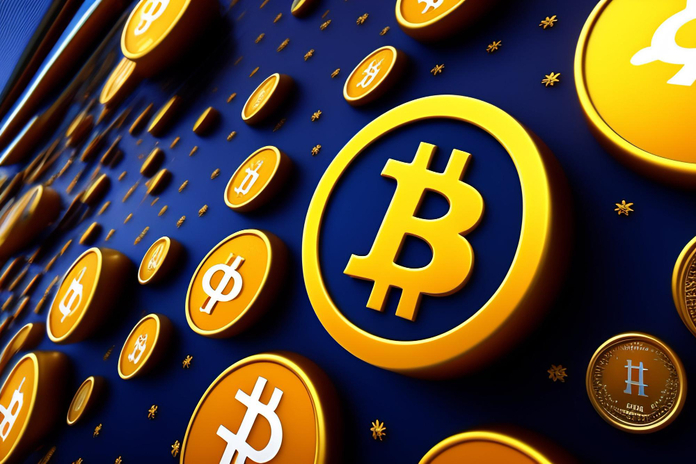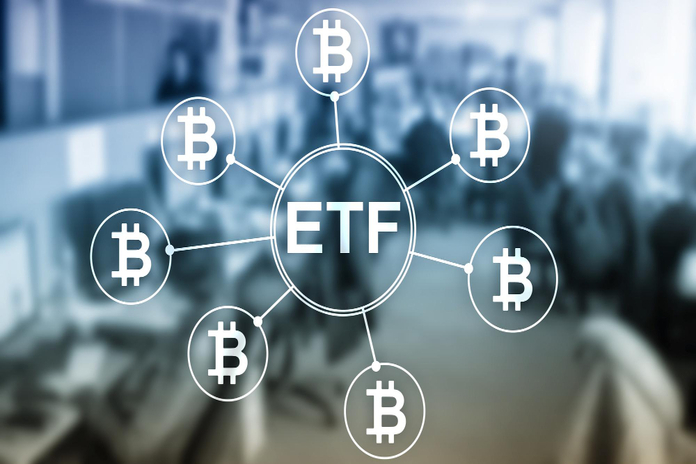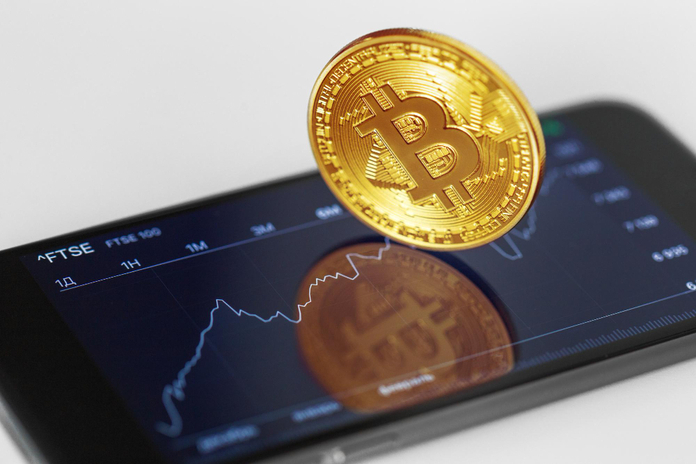Cryptocurrency Market Volatility Rises as U.S. Stocks Turn Lower

The cryptocurrency market experienced a sharp downturn Wednesday afternoon as U.S. stocks reversed early gains, leading to heightened cryptocurrency market volatility. Bitcoin (BTC), which had shown promise earlier in the day, saw its price tumble as broader economic concerns weighed on both digital and traditional financial markets. This article examines the factors driving this latest bout of volatility and its implications for the cryptocurrency landscape.
Bitcoin and Ethereum Lead the Decline
Bitcoin, the flagship cryptocurrency, initially rallied on Wednesday, reaching as high as $57,600. However, by mid-afternoon, Bitcoin had dropped to $54,800, marking a 4% decline within 24 hours and a more than 6% decrease from its daily peak. Ethereum (ETH), the second-largest cryptocurrency by market capitalization, fared even worse, falling by 7.1% over the last day to $2,322. This drop also pushed the ETH/BTC ratio to its lowest level in over three years, signaling a significant shift in investor sentiment.
The broader cryptocurrency market mirrored this trend, with the CoinDesk 20 Index, a benchmark for the top 20 digital assets, down 3%. This widespread downturn highlights the sensitivity of the cryptocurrency market to broader economic indicators and the ongoing cryptocurrency market volatility.
Global Economic Factors at Play
The initial optimism in the markets was fueled by comments from Bank of Japan Deputy Governor Shinichi Uchida, who assured that the central bank would refrain from hiking borrowing costs in unstable market conditions. This dovish stance initially boosted the yen, lifted the Japanese stock market by 1.2%, and pushed U.S. index futures higher by around 1.5%. However, this optimism faded as the day progressed, with the Nasdaq closing down 0.8% and the S&P 500 off by 0.6%, reflecting broader concerns about global economic stability.
One of the key factors contributing to the cryptocurrency market volatility was skepticism about the U.S. Federal Reserve’s ability to manage inflation effectively. JPMorgan CEO Jamie Dimon, speaking with CNBC, expressed doubts about the Fed’s ability to bring inflation back to its 2% target. He cited factors such as deficit spending, remilitarization, and the shift towards a green economy as significant challenges.
Calls for Fed Action Amid Recession Concerns
Adding to the market unease, former Federal Reserve Bank of New York President Bill Dudley suggested that the Fed is falling behind in addressing economic challenges. In a Bloomberg article published Wednesday, Dudley argued that recent data points to a weakening labor market and moderating inflation, signaling that the Fed might need to cut interest rates significantly to avoid a recession.
Dudley pointed to the Sahm rule—a recession indicator that triggers when the unemployment rate rises sharply above its low of the previous 12 months—as evidence that the U.S. economy is likely headed for a downturn. He argued that to reach a neutral fed funds rate, the Fed would need to cut rates by at least 150 basis points, with another 100 basis points of cuts required if the economy enters an accommodative phase.
Market Outlook: Preparing for More Volatility
As the cryptocurrency market and traditional financial markets brace for potential interest rate cuts, investors should prepare for continued volatility. Dudley warned that Federal Reserve Chair Jerome Powell’s cautious approach might delay any quick easing measures, leading to ongoing uncertainty in both stock and bond markets.
For cryptocurrency investors, this environment of heightened volatility underscores the importance of staying informed about global economic trends and their potential impact on digital assets. While the long-term outlook for cryptocurrencies like Bitcoin and Ethereum remains positive, short-term fluctuations driven by external factors are likely to persist.
Conclusion
The recent downturn in the cryptocurrency market, triggered by a reversal in U.S. stock market gains and broader economic concerns, highlights the ongoing volatility that characterizes digital assets. As Bitcoin and Ethereum lead the market lower, investors should remain vigilant and consider the potential implications of global economic developments on their cryptocurrency portfolios.
Featured Image: Freepik





